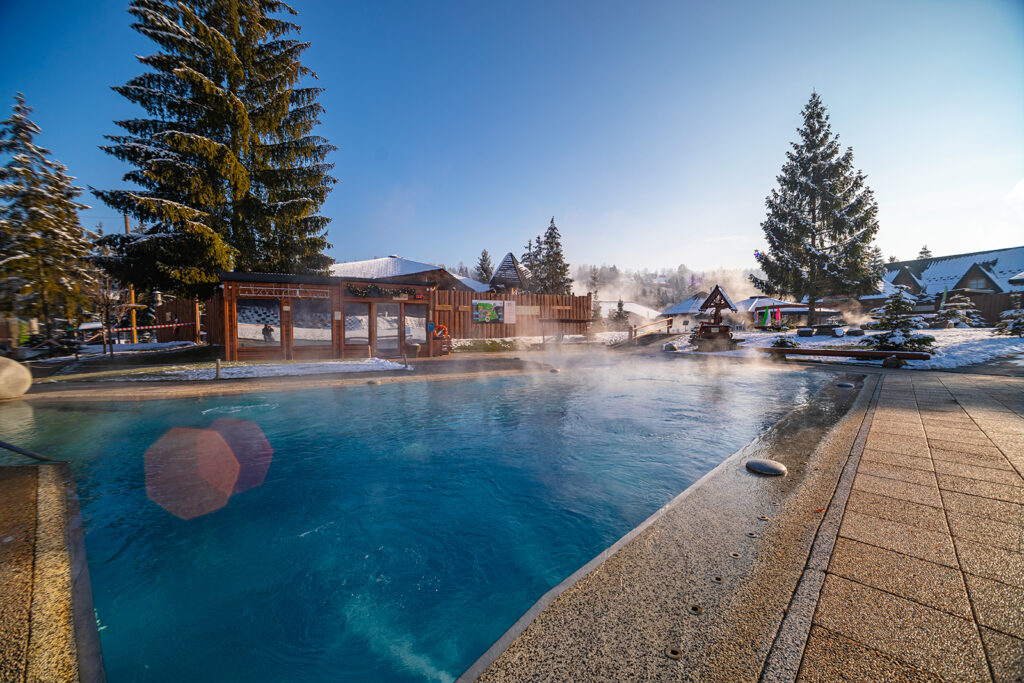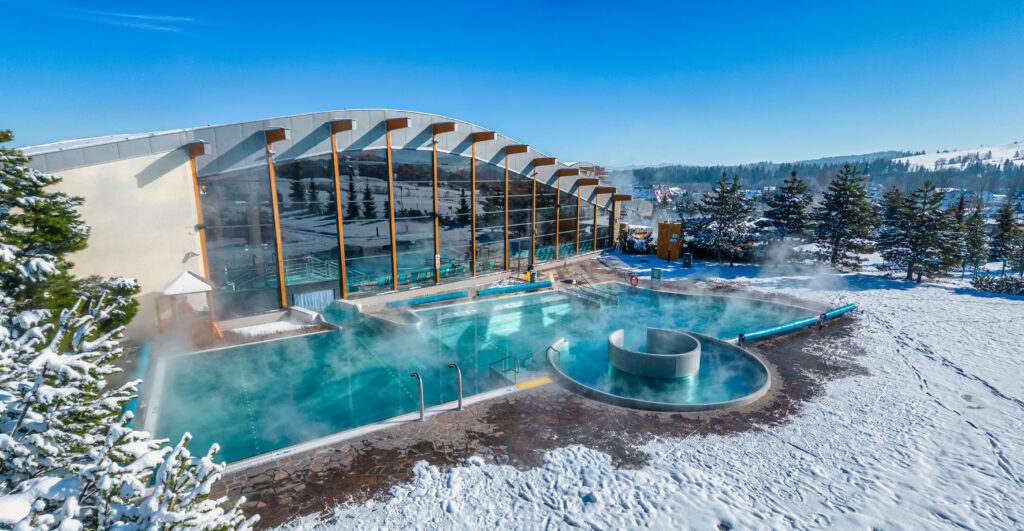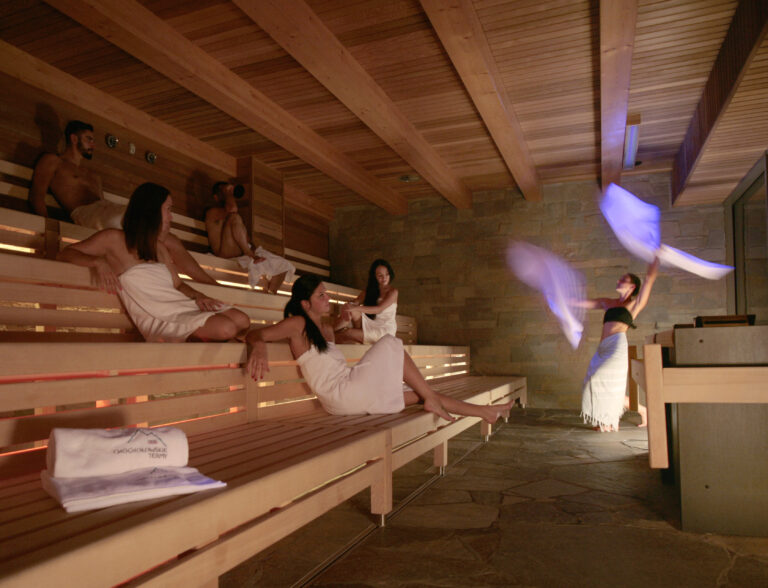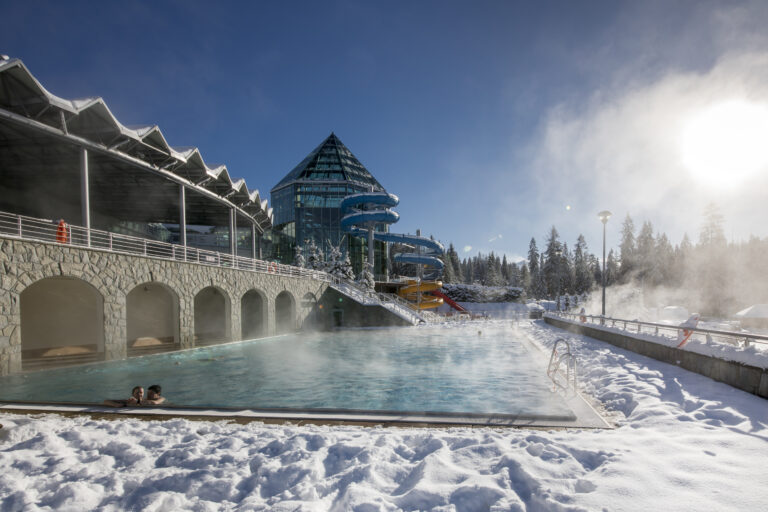Table of Contents
- Introduction
- The Rise of Thermal Tourism in Poland
- Health and Wellness Benefits of Poland’s Thermal Waters
- Exploring Hidden Thermal Bath Destinations
- The Growing Trend of Spa & Wellness in Poland
- Historical Context and Development of Thermal Baths
- Conclusion: Unveiling Poland’s Geothermal Treasures
- FAQ
- Used Keywords and Frequency
While Zakopane often comes to mind when considering thermal baths in Poland, the country boasts numerous equally impressive and less crowded geothermal spas. Since 1989, Poland has seen a significant rise in the popularity of thermal baths Poland. This growth, supported by private investment and European Union funds, has led to modern thermal bath complexes offering diverse recreational and therapeutic services. Venture beyond Zakopane and uncover Poland’s hidden geothermal gems Poland in regions like Podhale and beyond.
The Rise of Thermal Tourism in Poland

Participation in tourism is a permanent element of the lifestyle of developed countries, and the popularity of geothermal waters as tourist destinations has greatly increased in recent years in Poland. Tourism utilizes geothermal energy Poland in various ways, from creating bathing areas with naturally hot, mineral-rich water to large recreational centers.
The Podhale region, beyond Zakopane, has rich geothermal water resources, leading to the development of several centers utilizing these waters and playing an increasingly important role in the tourism development of the region. This trend reflects a broader appreciation for wellness Poland and healthy lifestyles.
Health and Wellness Benefits of Poland Thermal Baths
Geothermal waters have numerous medicinal properties. Bathing in thermal springs is relaxing, dilates blood vessels, and improves the circulation of internal organs. These waters are mostly low in minerals, very clean, and rich in minerals like calcium, iron, magnesium, silicon, potassium, sodium, and selenium, which restore skin balance and improve its condition.
The therapeutic properties are undeniable, helping to treat rheumatic ailments and civilization diseases mainly related to a stressful lifestyle. Hydromassages using geothermal water regenerate the body, reduce stress, stabilize the nervous system, restore mental balance, and stabilize the heart rate. Additionally, bathing in geothermal water helps reduce obesity, limits insomnia, reduces headaches, and alleviates heart and circulatory diseases.
The services utilizing the properties of geothermal waters are offered in health resorts, spa poland and wellness hotels, water parks, and thermal pools. Many health resorts offer services based on thermal waters to such an extent that they form the basis of spa treatment. Geothermal pools are highly desired by spa patients.
Spas in Poland and wellness hotels also benefit from geothermal resources, offering treatments, relaxation, and therapeutic procedures. The development of spas in Poland reflects the modern importance attached to a healthy lifestyle. The very term “SPA” originates from the Latin “salus per aquam” (health through water), highlighting the historical connection between water and well-being.
Exploring Hidden Thermal Bath Destinations
Termy Szaflary: A Haven of Tranquility
Opened in 2008, Termy Szaflary utilize geothermal water rich in calcium, iron, magnesium, sulfur, chlorine, manganese, and sodium. Bathing here improves mental well-being, alleviates headaches and fatigue, combats insomnia, and reduces stress. Termy Szaflary features indoor and outdoor pools with hydromassage, a slide, a children’s pool, and a sauna area. The Akademia Spa&Wellness offers various treatments and massages. Termy Szaflary is considered a quieter and more intimate option compared to larger complexes, appealing to those seeking relaxation. They also aim to utilize geothermal water for heating homes.
Bukovina Thermal Baths: A Grand European Experience
Opened in December 2008, Bukovina Thermal Baths is one of the largest and most modern facilities in Europe. The thermal water, with elements like sodium, calcium, sulfur, potassium, chlorine, magnesium, and chromium, is excellent for treatment and rehabilitation. The complex boasts 12 pools and 8 saunas, offering comprehensive leisure and wellness Poland options. The adjacent four-star Hotel Bukovina provides accommodation and conference facilities, making it ideal for both family relaxation and business events. Their thermal water is of the sulfate-chloride-calcium-sodium type with low mineralization.
Terma Bania in Białka Tatrzańska: Fun and Wellness Combined
Located near ski lifts in Białka Tatrzańska, Terma Bania offers indoor and outdoor recreational pools filled with thermal water at 34-38°C. It features noisy and quiet zones, five pools, a sauna area, and a Wellness&Spa Institute. Beyond recreation, Terma Bania also hosts conferences and business meetings, contributing to the region’s attractiveness as a year-round destination. The geothermal water is sourced from a 2500m deep well with a temperature of 72°C. Terma Bania has a total of 18 pools with a total surface area of 2170 m².

Chochołowskie Termy: Poland’s Largest Thermal Complex
Opened in June 2016, Chochołowskie Termy is the largest thermal bath complex in the Podhale region. The water is rich in sulfate-calcium-sodium-magnesium and has medicinal and therapeutic properties. The complex includes various zones for saunas, pools, medicinal baths, and a spa. Chochołowskie Termy aims to be a leading destination, competing with thermal baths in nearby Slovakia.
The Growing Trend of Spa & Wellness in Poland
The increasing popularity of spa Poland and wellness reflects a global trend towards health-conscious travel. Even a limited spa&wellness offer can increase guest satisfaction. Poland has over 200 spa&wellness hotels, although most use non-geothermal water sources.
Hotels utilizing geothermal waters include those at Termy Szaflary, Bukowina Tatrzańska, Białka Tatrzańska, Uniejów, and Termy Warmińskie. The numerous thermal pools and aqua parks in Poland, currently numbering 14, offer relaxation and therapeutic benefits. These facilities also create opportunities for aqua fitness services. The development of these facilities since 1989 showcases Poland’s commitment to utilizing its natural resources for tourism and health.
Historical Context and Development of Thermal Baths
The significance of geothermal energy Poland in Poland was not widely recognized for a long time, with a lack of awareness about its use in medicine and recreation. It was only later, particularly after 1989, that the value of geothermal water was appreciated, leading to the creation of health resorts in several smaller Polish towns.
The Podhale region saw the first interest in geothermal springs in the mid-19th century, with the discovery of thermal springs in Jaszczurówka (now part of Zakopane) in 1839. Post-war research led to deep drilling projects in Podhale, confirming the presence of geothermal waters. Currently, the Podhale area has six facilities offering biological regeneration based on geothermal water resources.
Conclusion: Unveiling Poland’s Geothermal Treasures
Beyond the well-known thermal baths of Zakopane lies a wealth of hidden geothermal gems Poland offering unique experiences centered on health and relaxation. From the tranquility of Termy Szaflary to the grandeur of Bukovina Thermal Baths and the recreational focus of Terma Bania and the scale of Chochołowskie Termy, these destinations showcase Poland’s growing appreciation for its geothermal resources since 1989.
Exploring these spas in Poland provides a refreshing alternative and highlights the diverse offerings of Poland’s thermal landscape. Consider planning your visit to these rejuvenating destinations and experience the therapeutic power of Poland’s hidden thermal springs. Book your tickets online for convenience, for example, at https://thermal-baths-krakow.com/ which provides information on several thermal baths in the region. For more information on the benefits of thermal waters at Bukovina Thermal Baths, visit their blog.
FAQ
What are the benefits of visiting a Poland thermal baths?
Visiting Poland thermal baths offers relaxation, improved circulation due to the mineral-rich waters, and potential therapeutic effects for various ailments. The mineral composition, such as sulfate-chloride-calcium-sodium in Bukovina Thermal Baths, is beneficial for health.
Are thermal baths in Poland suitable for families with children?
Yes, many thermal baths Poland complexes like Terma Bania and Termy Szaflary have dedicated areas for children, and the thermal water is generally considered safe and even beneficial for them.
How has the development of thermal baths impacted tourism in Poland since 1989?
Since 1989, the development of thermal baths Poland has significantly boosted tourism in regions like Podhale, creating new attractions, jobs, and making these areas year-round destinations.
What types of facilities can I expect at thermal spas in Poland?
You can typically find a variety of pools with different temperatures and features like hydromassage, slides, saunas (dry, wet, infrared), spa Poland and wellness centers offering treatments and massages.
Are Chochołowskie Termy the largest thermal baths in Poland?
Yes, Chochołowskie Termy is currently the largest thermal bath complex in the Podhale region and aims to be a leading destination in Poland.




